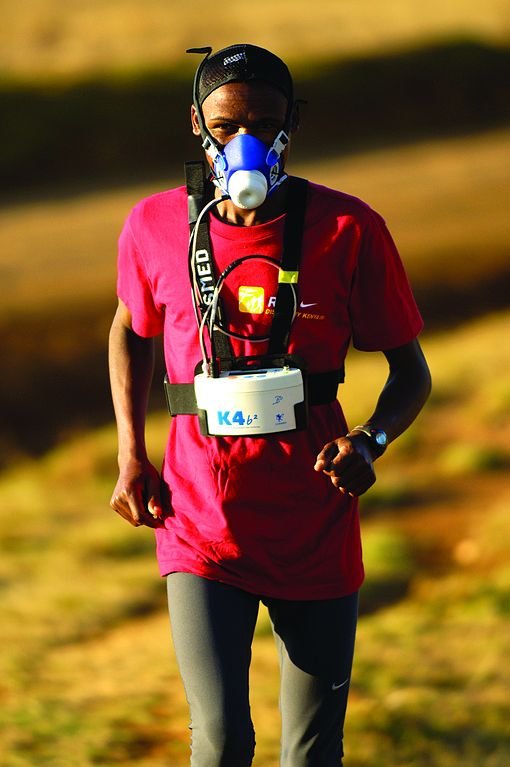Enhance your health with free online physiotherapy exercise lessons and videos about various disease and health condition
Chest Physical Therapy
What is Chest Physical Therapy?
Chest physiotherapy also known as chest physical therapy (CPT ) is a treatment that helps to remove the excess secretions (also called mucus, phlegm, sputum ) from inside the lungs, by physical means. It is used to assists a cough, re- educate breathing muscles to try to improve ventilation of the lungs. For some people, this treatment is only needed for a short time after a lung illness. Others with chronic lung diseases will need to perform this treatment daily because they have a lot of mucus to the upper airways where it can be coughed out. This reduces the chance of lung infection and makes breathing more comfortable.
SOME RELATED TOPICS DISCUSSED HERE:-
What are the excess secretions and what causes them?

The lungs are kept moist with a thin film of fluid to stop them drying out. When there is a chest infection or occasionally in other situations, this fluid increases and become thick and putrid. In the normal situation, these secretions are removed by coughing but in the presence of weakness, or in chronic lung disease, this is not always possible. Although antibiotics can control the infection, they do not remove the secretions that occur. Some will be reabsorbed into the body but very thick ones will remain. It is important to remove the secretion to allow more effective breathing and increase the amount of oxygen getting into the body.
Aims of cardiopulmonary physiotherapy:
- 1-To prevent accumulation of secretion.
- 2-Drainage of secretion.
- 3-To reduce the work done in breathing.
- 4-To maintain and improve chest wall mobility.
- 5-To improve breathing pattern.
- 6-To educate normal and efficient breathing pattern.
- 7-To develop respiratory muscles endurance.
- 8-To improve cardiopulmonary exercise tolerance.
Precautions
- 1-have just eaten or are vomiting
- 2-have acute asthma or tuberculosis
- 3-have brittle bones or broken ribs
- 4-are bleeding from the lungs or are coughing up blood
- 5-are experiencing intense pain
- 6-have increased pressure in the skull
- 7-have head or neck injuries
- 8-have collapsed lungs or a damaged chest wall
- 9-recently experienced a heart attack
- 10-have a pulmonary embolism or lung abscess
- 11-have an active haemorrhage
- 12-have injuries to the spine
- 13-have open wounds or burns
- 14-have had recent surgery
Patients who may receive chest physiotherapy include those with cystic fibrosis, neuromuscular diseases (such as Guillain-Barré syndrome), progressive muscle weakness (such as myasthenia gravis), or tetanus. People with lung diseases such as pneumonia, bronchitis, and some forms of chronic obstructive pulmonary disease (COPD), including chronic bronchitis, also benefit from chest physiotherapy. CPT should not be used in the treatment of patients diagnosed with asthma.
People without specific lung problems but who are likely to aspirate their mucous secretions because of diseases such as cerebral palsy or muscular dystrophy also receive chest physical therapy, as do those who are bedridden or confined to a wheelchair. In addition, CPT may be part of treatment after surgery for patients who develop difficulty taking deep breaths.
Chest physical therapy includes
- postural drainage (bronchial drainage therapy)
- active cycle of breathing technique(ACBT)
- autogenic drainage
- positive expiratory pressure technique(PEPT)
- chest percussion
- chest vibration
- turning
- breathing exercises
- forced expiratory techniques(FET) eg.coughing and huffing
- incentive spirometry
CPT is usually done in conjunction with other treatments to rid the airways of secretions. These other treatments include suctioning, nebulizer treatments, and the administration of expectorant drugs.
What Other Visitors Have Said
Click below to see contributions from other visitors to this page...
paralysed diaphragm physiotherapy Not rated yet
Chest Physiotherapy can lead to marked improvement in functional outcome following post cardiac surgery diaphragmatic palsy.
Unilateral diaphragmatic …
Treatment for COPD Not rated yet
The pulmonary rehabilitation for treatment of COPD has multidisciplinary team and can consist of a physiatrist and pulmonologist; respiratory, physical, …
Read more about Chest Physical Therapy Here- Chest Physiotherapy
Return from chest physical therapy to home page
Recent Articles
|
Author's Pick
Rating: 4.4 Votes: 252 |



